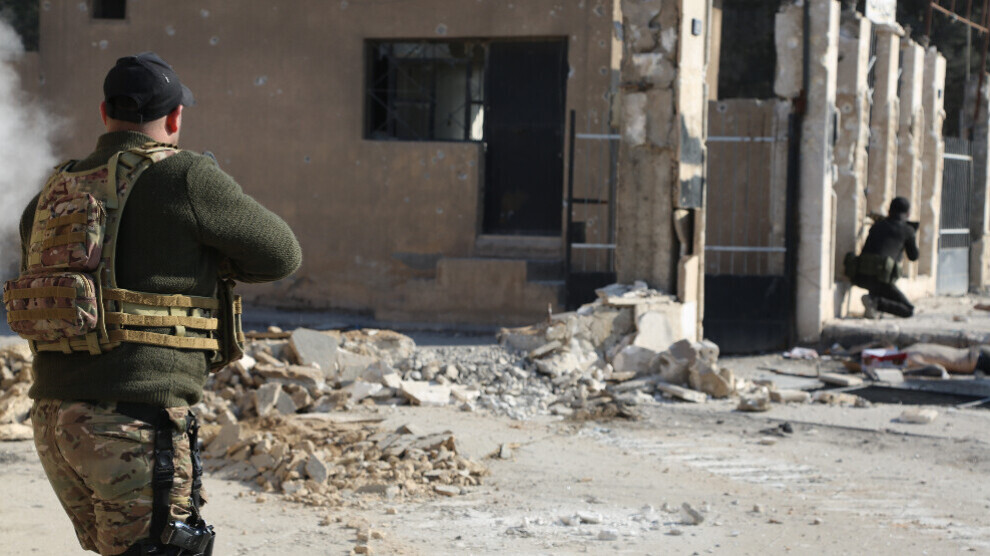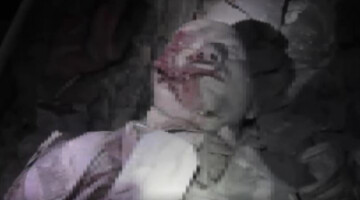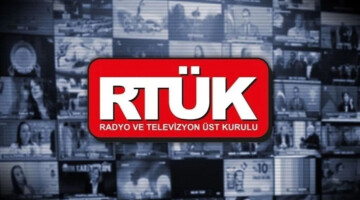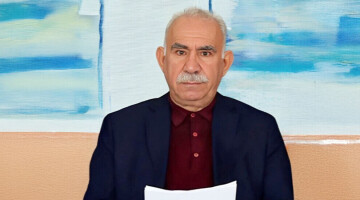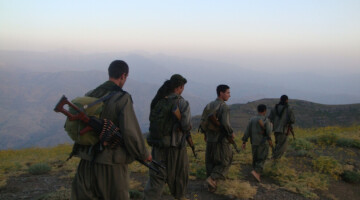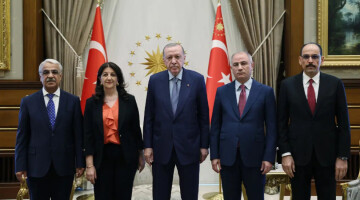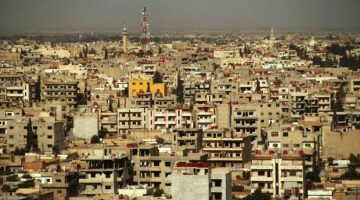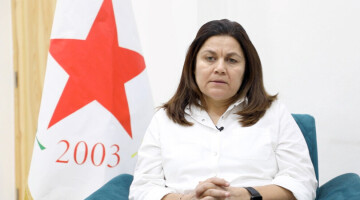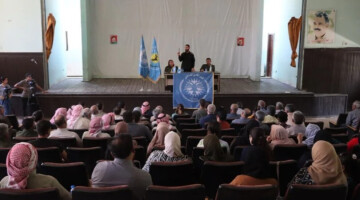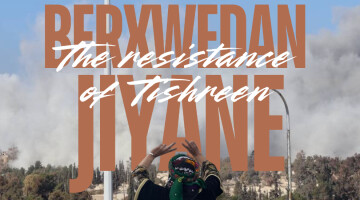YPG International released a statement on the misleading media coverage of ISIS’ recent jail break attempt in Heseke, North Eastern Syria.
YPG International stated that to portray the SDF as a “Kurdish force” or “Kurdish-dominated” is not only an unforgivable offense to the memory of those Arabs, Turkmen, Assyrians, and Armenians who gave and continue to give their lives in the struggle, it directly lends credence to ISIS’ propaganda and forwards their goal of destabilizing a region the SDF has fought so strongly to protect.
According to YPG International, the refusal of Western nations to take responsibility for their citizens that created so much grief and pain in Syria is just not fair and acceptable.
The statement published by YPG International on Tuesday includes the following:
“With the beginning of the ISIS attack on a large al Sina prison complex in North-Eastern Syria on the night of 20th January 2022, we as YPG International (Internationalists from all over the world) are involved on the ground and have been following worldwide media coverage of the events closely. In a time when a delegation of the jihadist Taliban organization is being received in Norway for talks with the EU and is taken at its word by the media on their intentions to “democratize” Afghanistan, we are nonetheless more than surprised by the media’s portrayal of North-Eastern Syria and the Syrian Democratic Forces (SDF). Such as:
“The Kurdish-dominated SDF”-France 24
“The Kurdish-led Syrian Democratic Forces”-Al Jazeera
“The assault occurred on an establishment controlled by Kurdish forces” –Le Monde
“Islamic State fighters tried to break out of a Kurdish-run prison” BBC News
“Most Arab inmates have been held without charges or trial, fueling resentment by tribal members who accuse the Kurdish forces of racial discrimination, a charge denied by the Kurdish-led forces” NBC News
Numerous western media outlets have been covering the situation on the ISIS prison break attempt in Hasakah, and all seem to follow a similar pattern of misinformation and pointed omission. The similarity between the mistakes made in these articles and the deliberate falsehoods being put out by ISIS makes the situation all the more concerning.
These articles disregard the fact that the majority of the population that makes up the Autonomous Administration of North-East Syria as well as the majority of the SDF itself is in fact Arab. In an explainer by the independent Rojava Information Center (RIC) published in May 2020, it was mentioned that the SDF consists of more than 50% Arabs. At the same time, Arabs are taking part on all levels of the self-administration. As we ourselves joined the fight against the recent ISIS uprising, we spoke with many fighters also engaged in the operation; unsurprisingly, many of them are Arabs. It should come as no surprise that Arabs, too, suffered the same wounds as their Kurdish countrymen during the black years of ISIS tyranny and are motivated equally deeply to protect their homeland.
These reports are the greatest gift one can give to ISIS propagandists, who have always attempted to spin the fable of racial division among the peoples who together bore the terrible consequences of ISIS’ advance and together expelled them from their homes at the cost of many martyrs. To portray the SDF as a “Kurdish force” or “Kurdish-dominated” is not only an unforgivable offense to the memory of those Arabs, Turkmen, Assyrians, and Armenians who gave and continue to give their lives in the struggle, it directly lends credence to ISIS’ propaganda and forwards their goal of destabilizing a region the SDF has fought so strongly to protect.
Ghwayran/Al Sina prison itself, operating under the extremely harsh embargo imposed on North-Eastern Syria, is not fit under these conditions to meet the standards of a high-security prison. It was not purpose-built but retrofitted to hold up to 5,000 ISIS prisoners, a solution the SDF has repeatedly described to the International Coalition as unsuitable in the long term. The role and ultimate responsibility of international forces is extremely relevant, as once again, contrary to Western media portrayals, the population of the prison is in fact made up of around 2,000 foreigners from Western countries. From our perspective as YPG International, the refusal of Western nations to take responsibility for their citizens that created so much grief and pain in Syria is just not fair and acceptable.
Additionally, we think it’s more than important to mention, but what is missing in basically all of the media coverage, that while this jailbreak attempt that was organized over the time of 6 months was ongoing, the Arab and Kurdish forces that went to help in Hasakah City were targeted by Turkish drone strikes. At the same time, the ones that suffered the most from ISIS were the Yezidis in Sinjar. Once again, they were targeted by NATO member Turkey in an airstrike on that very day.
We would wish that Western news organizations could be more careful and responsible in their coverage of the region and the ongoing conflict. Portraying the reality on the ground would help to overcome existing prejudices of the region and would assist in finding a solution for the whole of Syria and its people.”

